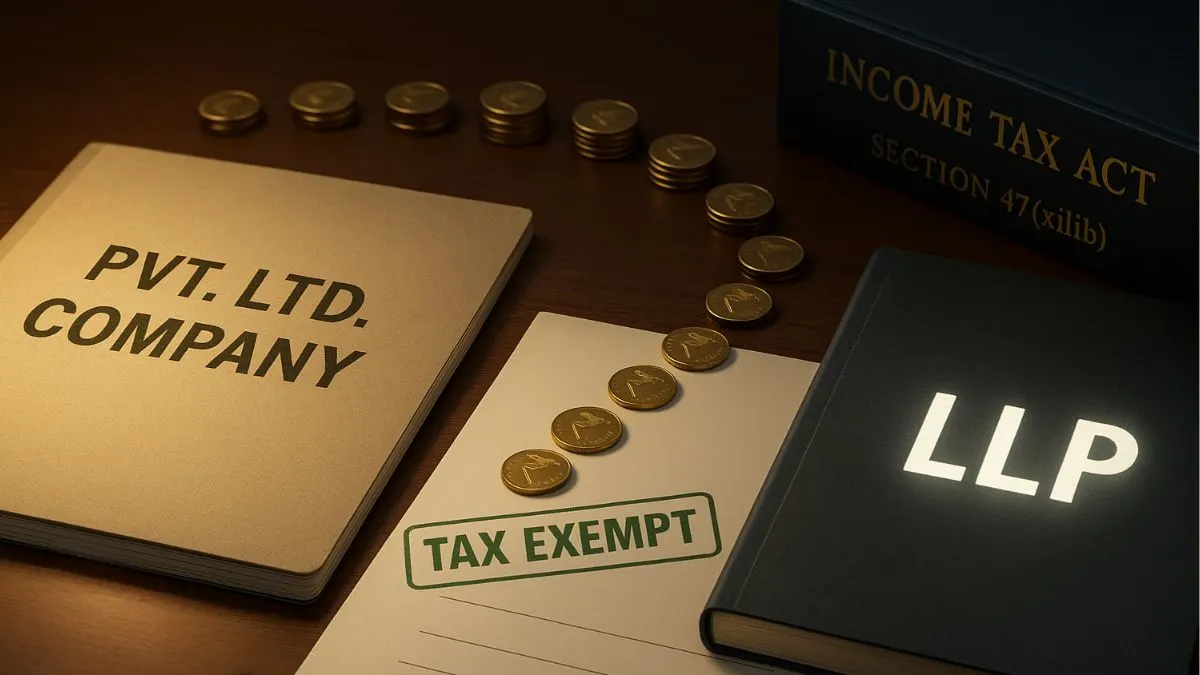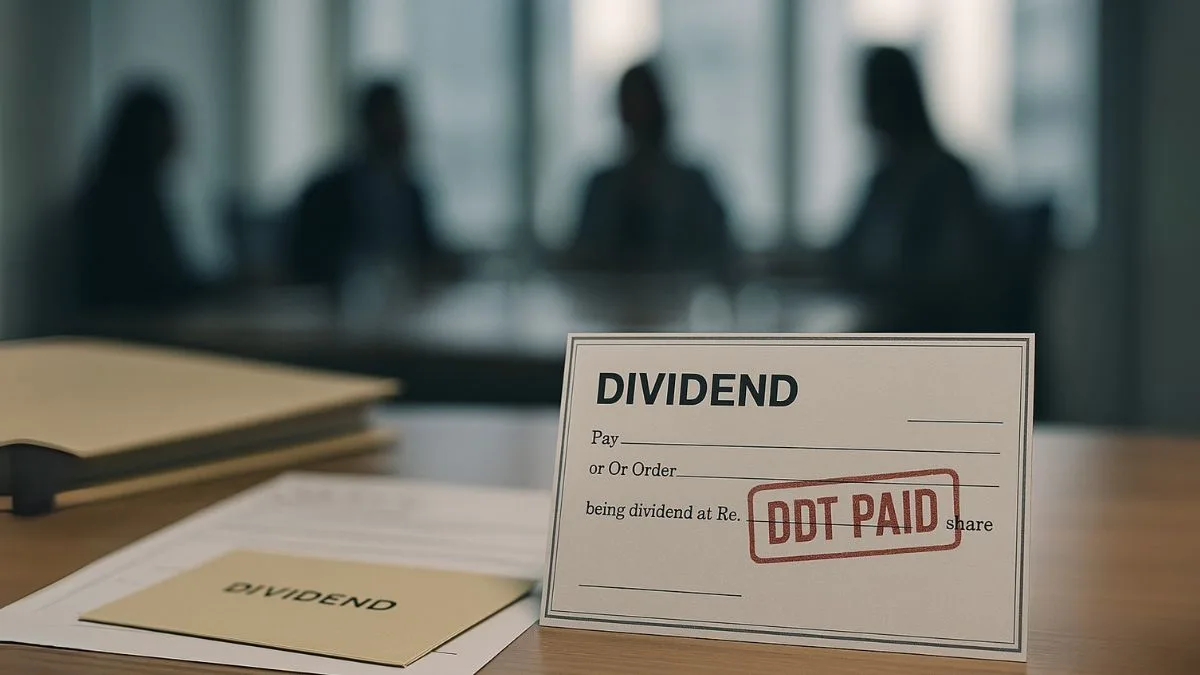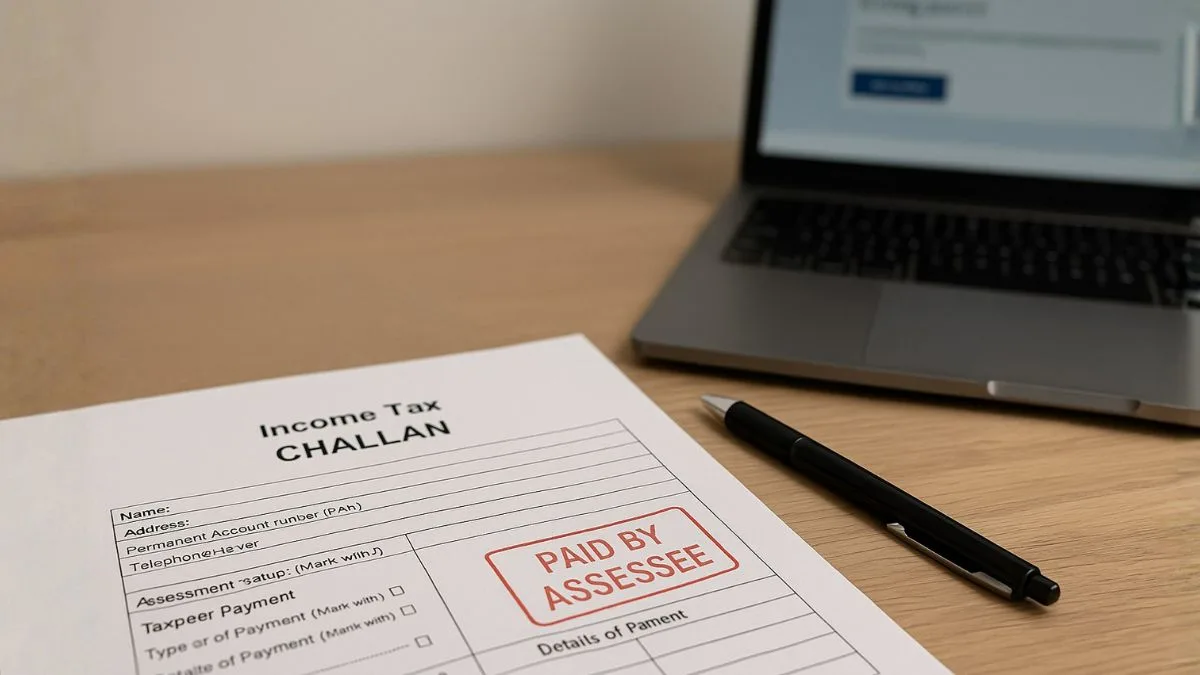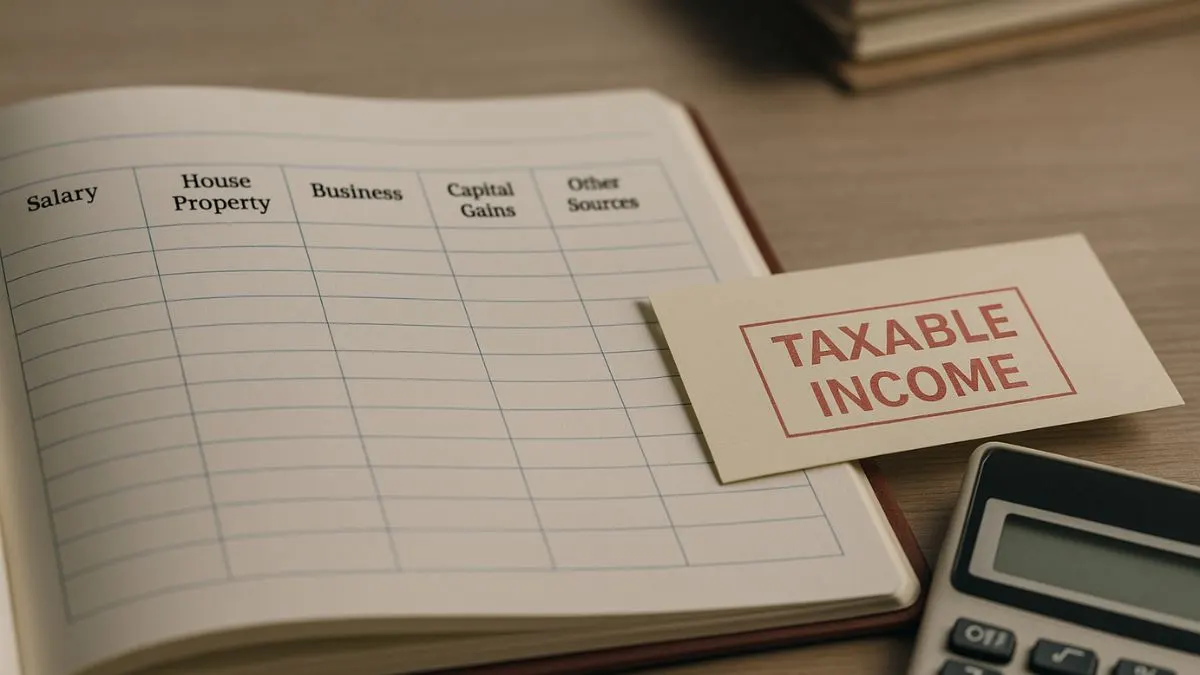
In today’s dynamic business environment, many companies are shifting from a traditional private limited structure to a Limited Liability Partnership (LLP) model. The reasons are clear—LLPs combine the flexibility of a partnership with the advantages of limited liability, making them a preferred choice for startups and small businesses. However, such a conversion often raises a big tax question: Does transferring assets and shares during conversion attract capital gains tax?
This is where Section 47(xiiib) of the Income Tax Act becomes significant. It explicitly provides that the transfer of capital assets & shares on conversion of a company into an LLP does not amount to transfer. This ensures that companies can restructure without being burdened by heavy tax liabilities.
What is Section 47(xiiib) of Income Tax Act?
Section 47(xiiib) was introduced to encourage ease of doing business & allow companies to migrate into LLP structures seamlessly. According to this section:
- When a private company or unlisted public company converts into an LLP, the transfer of assets and shares is exempt from capital gains tax.
- It states that such a conversion does not amount to transfer if certain conditions are fulfilled.
- As a result, all the assets and liabilities of the company immediately before the conversion become the assets & liabilities of the LLP without attracting tax.
This provision recognizes restructuring as a neutral event rather than a taxable one.
Key Conditions for Exemption under Section 47(xiiib)
While the section sounds straightforward, the exemption is not automatic. Certain conditions must be satisfied, failing which the exemption will be withdrawn. Let’s break them down:
- All assets and liabilities transfer
- Every asset & liability of the company immediately before conversion should be transferred to the LLP.
- No selective transfer is permitted.
- Shareholders become partners
- All shareholders of the company must become partners of the LLP.
- Their capital contribution and profit-sharing ratio must be in proportion to their shareholding in the company.
- No benefit for others
- No one other than existing shareholders can become a partner in the LLP upon conversion.
- Profit-sharing ratio maintained
- The proportion of capital contribution & profit share of partners in the LLP should mirror their shareholding in the company.
- Turnover condition
- In any of the three preceding years, the total sales, turnover, or gross receipts should not exceed ₹60 lakh."
- Asset value restriction
- The total value of assets of the company should not exceed ₹5 crore at the time of conversion.
- No distribution of profits for 3 years
- Accumulated profits must not be distributed to partners for at least three years post-conversion.
If all these conditions are satisfied, the conversion enjoys tax neutrality under Section 47(xiiib).
Why is this Important?
For many businesses, conversion into LLP is a strategic decision. LLPs are easier to manage, have fewer compliance burdens, and offer greater operational flexibility compared to private limited companies.
However, without Section 47(xiiib), such a move would attract capital gains tax on the transfer of assets—land, building, machinery, intellectual property, and more. This could discourage businesses from restructuring. By providing this exemption, the Income Tax Act promotes smooth transitions & encourages entities to adopt structures that best suit their needs.
Also Read: Capital Gains Tax on Reconstitution of Firms Explained
Example: Conversion of a Company into LLP
Let’s understand this with an example:
- ABC Pvt. Ltd. has assets worth ₹3 crore & liabilities worth ₹1 crore.
- It has 3 shareholders—A, B, and C—with equal shareholding.
- The company wants to convert into ABC LLP.
If the conversion is done under Section 47(xiiib) & all conditions are satisfied:
- The transfer of assets and shares on conversion will not be treated as a transfer.
- No capital gains tax will apply.
- All the assets and liabilities of the company immediately before conversion will become those of ABC LLP.
- A, B, & C will become partners with equal profit-sharing ratios.
Benefits of Section 47(xiiib)
- Tax neutrality – The biggest benefit is exemption from capital gains tax.
- Encourages restructuring – Helps companies move to an LLP model without tax burdens.
- Promotes ease of doing business – LLPs are simpler, making it easier for small businesses to operate.
- Legal clarity – Provides certainty that such transfers do not amount to transfer under capital gains provisions.
Common Challenges in Availing Exemption
Despite the benefits, businesses often face hurdles:
- Turnover or asset value breaches – Many companies fail to meet the ₹60 lakh turnover or ₹5 crore asset condition.
- Shareholding mismatches – If even one shareholder does not continue as a partner, exemption is denied.
- Profit distribution – Distributing accumulated profits within 3 years invalidates the exemption.
In such cases, the exemption under Section 47(xiiib) is lost, & the conversion becomes taxable.
Also Read: SIP vs PPF: Invest ₹1000 Monthly for 10 Years – Who Wins the Crorepati Race?
Case Laws & Judicial Rulings
Several judicial pronouncements have emphasized the importance of fulfilling conditions under Section 47(xiiib):
- Courts have held that even minor deviations can trigger tax liability.
- The tax authorities closely examine whether all assets and liabilities were indeed transferred."
- Maintaining proportionality of shareholding & profit-sharing is critical.
These rulings highlight the need for professional guidance during conversion.
Practical Takeaways for Businesses
- Ensure meticulous planning before conversion.
- Conduct a compliance check on turnover, asset value, and accumulated profits.
- Document the conversion process carefully to prove compliance.
- Seek expert advice to avoid costly mistakes.
Conclusion
Section 47(xiiib) of the Income Tax Act is a significant provision that exempts transfer of assets & shares on conversion of a company into an LLP. By declaring that such conversion does not amount to transfer, it ensures tax neutrality for businesses looking to restructure. However, the exemption is subject to strict conditions. Companies must ensure all assets and liabilities transfer, all shareholders become partners, and turnover/asset limits are respected.
For private companies & unlisted firms, this section is a game-changer, making the LLP route more attractive. But professional guidance is essential to avoid pitfalls.
💡 Thinking of converting your company into an LLP and want to ensure smooth tax compliance?
👉 Visit Callmyca.com where our experts simplify tax laws and guide you through every step of restructuring. Don’t risk losing exemptions—get professional help today!











